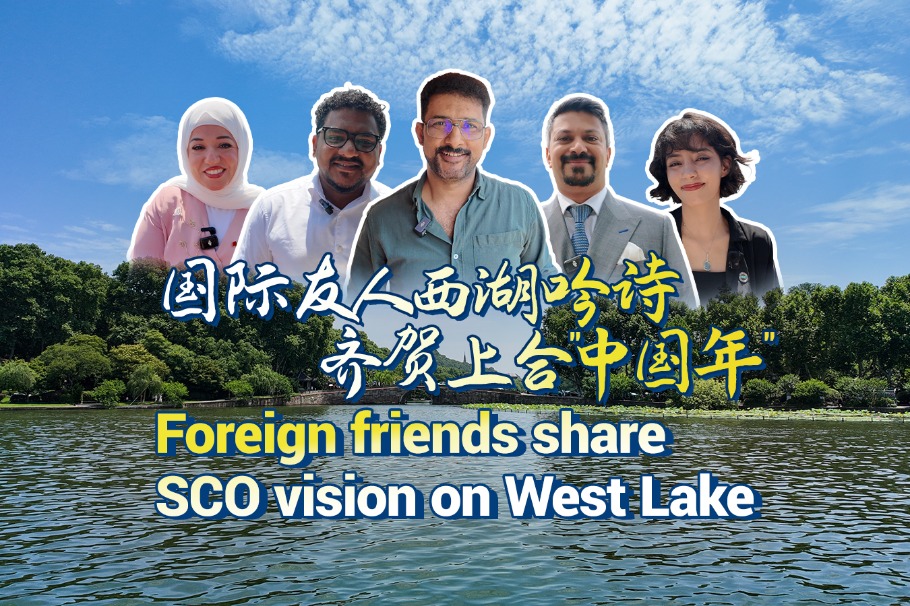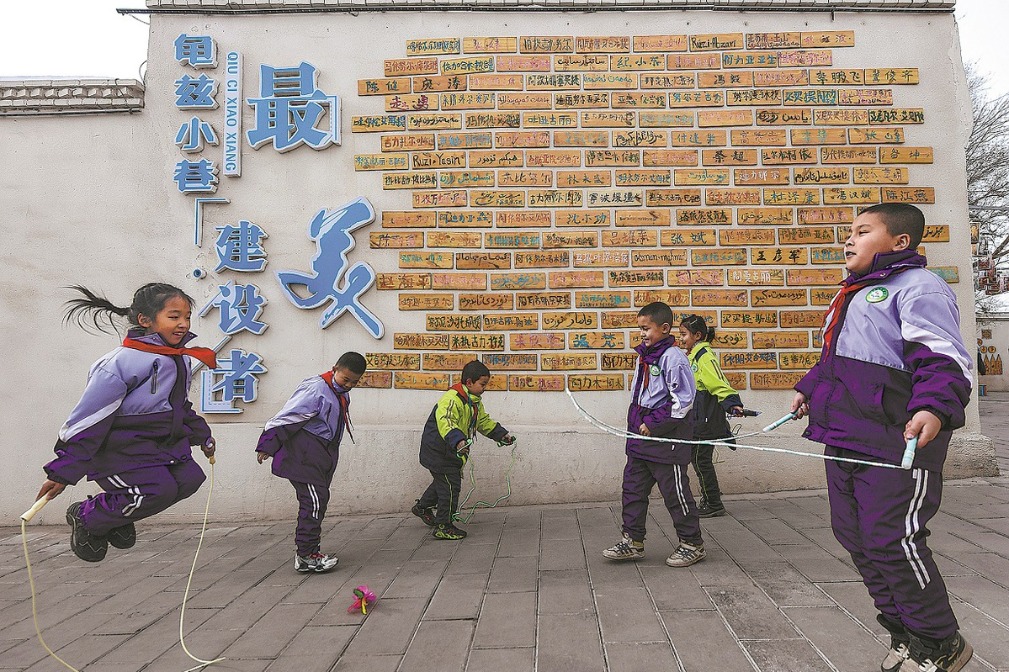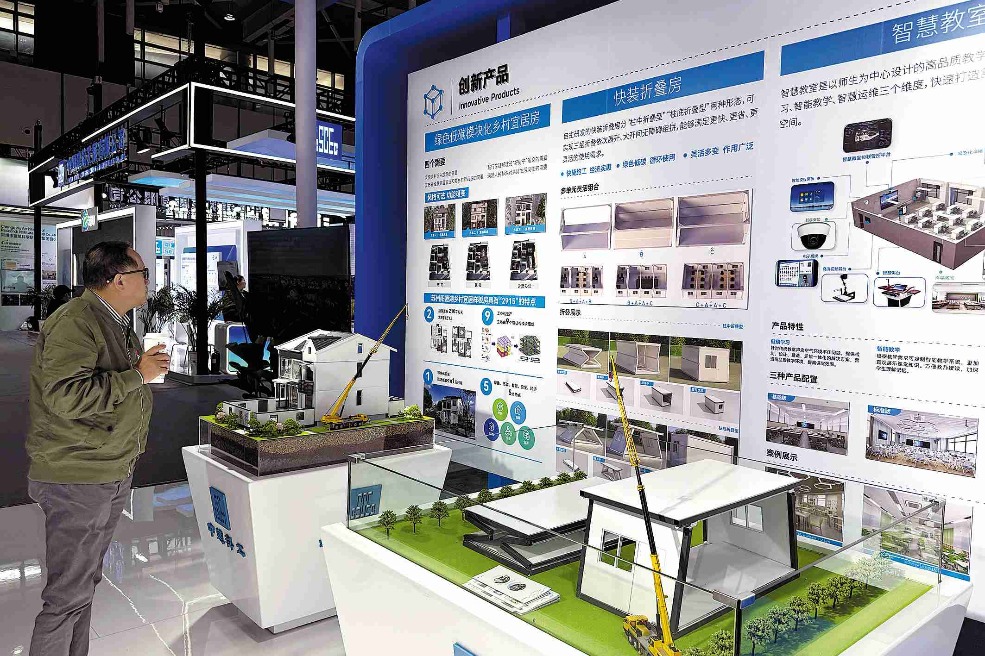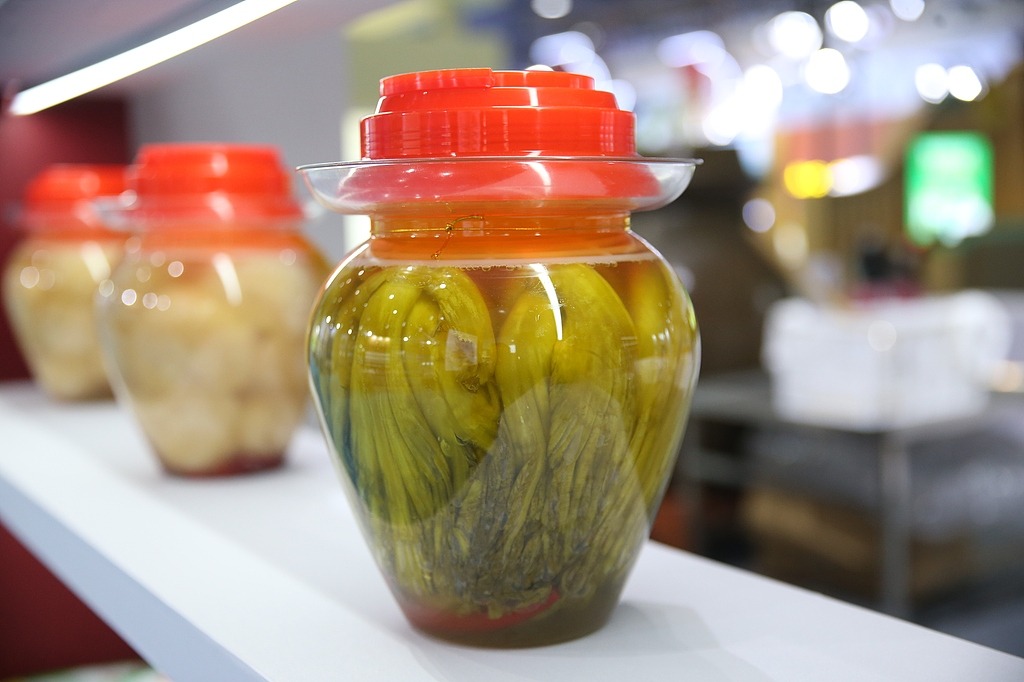From foul to fair, the transformation of Liangshui River

From a murky, stinky river to a new home for fish and plants, Beijing's Liangshui River, which has a history of over 1,400 years, has been transformed over the last nine years.
The 68.41-km-long river runs through seven districts in the capital before flowing into the Grand Canal, the world's longest artificial waterway. Since authorities in Beijing started a campaign to tackle river pollution in 2013, the Liangshui has regained its vitality and become an attraction.
Along a section of the river in the Beijing Economic-Technological Development Area, residents can now enjoy clean water and beautiful scenery all year round.
"I cycle along the Liangshui for about an hour every day. Only a few years ago, it was so smelly that nobody wanted to go near the water, especially in summer," said one resident surnamed Huang, who lives on the north bank of the river.
In 2016, when Xinhua reporters visited the Xiaolong River, a tributary of the Liangshui, it was full of floating garbage.
"For quite a long time, sewage treatment facilities were not able to keep up with the pace of population growth near the river," said Chang Song, a station head with the Liangshui River management office. "A lot of domestic and industrial sewage was dumped into the river, causing severe damage to the ecosystem."
The Beijing Water Authority reckoned they first needed to enhance sewage treatment capacity to improve the water quality.
Over the years, it blocked off 86 major sewage outlets and installed new sewage and recycled water pipelines to upgrade sewage treatment facilities.
The Huaifang Recycled Water Plant, located at the source of the Xiaolong River, has played a big part in injecting fresh water into the river. "The plant recycles domestic sewage from the city's southwestern region, and its recycled water became a main source of the Xiaolong," said Fu Wei, head of the plant.
Over the years, authorities also conducted extensive river dredging and increased grassy and forested areas on both sides of the river to about 2.87 million square meters.
Protecting the riverine environment requires not only measures by the authorities but also the joint efforts of residents.
In 2017, Beijing initiated a river chief system at the city, district, township, and village levels to tackle water pollution.
Under the system, river chiefs must conduct at least one patrol along the river every month and report illegal activities such as the dumping of untreated sewage and industrial waste.
Gong Jingbo, Party secretary of Kaerbaili community who lived near the Liangshui for 18 years, became chief last year and took on the responsibility of protecting the river. "I hope to be a protector of the environment and make my contribution to the Liangshui River," said Gong, who regularly patrols the river in the early morning and evening.
The joint efforts by the authorities and the public have paid off. According to the Beijing Water Authority, over the past nine years, 142 polluted waterways across the city have been cleaned and the sewage treatment rate has increased from 83 percent in 2013 to nearly 96 percent today.
This year, the water authority will launch another three-year campaign on the city's waterways to further improve the environment.
"We hope to turn the Liangshui into a river with multiple functions, including flood control, sightseeing, ecology, and culture," Chang said.
Xinhua
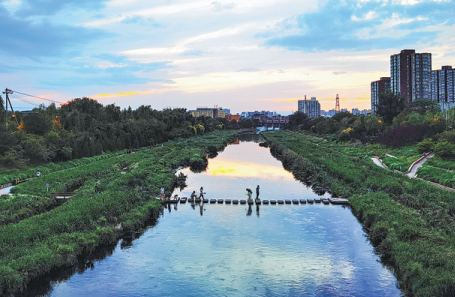
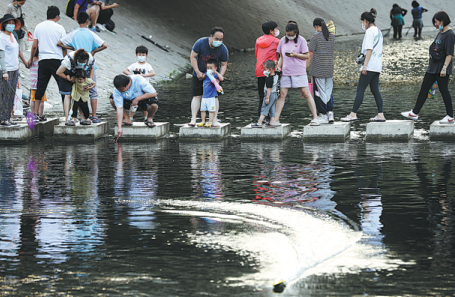
Today's Top News
- Hunan eyes progress in partnerships with Africa
- Path set out to resolve disputes
- Spokeswoman: Ma's mainland visit welcome
- Improved tax refund policy spurs foreign tourist spending
- Pragmatism sees vision turning to reality: China Daily editorial
- US needs to have correct perception of the give-and-take of trade talks: China Daily editorial

















